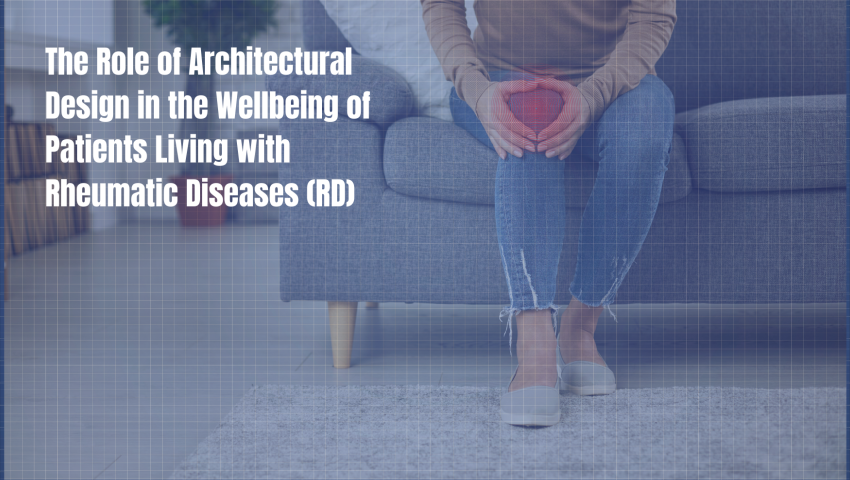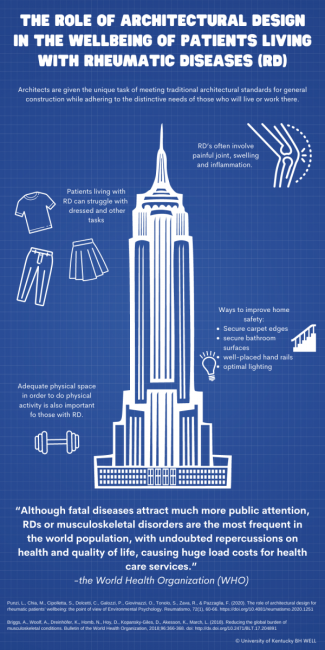RD’s often involves painful joints, swelling, and inflammation. This creates challenges regarding an individual’s ability to work, manage their activities of daily living, and subsequently, maintain their overall independence. Patients living with RD can struggle with the likes of getting dressed and getting out of bed, and other tasks such as turning on a tap and opening a bottle cap. In fact, in a bulletin on musculoskeletal diseases, the World Health Organization (WHO) concluded that,
“Although fatal diseases attract much more public attention, RDs or musculoskeletal disorders are the most frequent in the world population, with undoubted repercussions on health and quality of life, causing huge load costs for health care services.”

